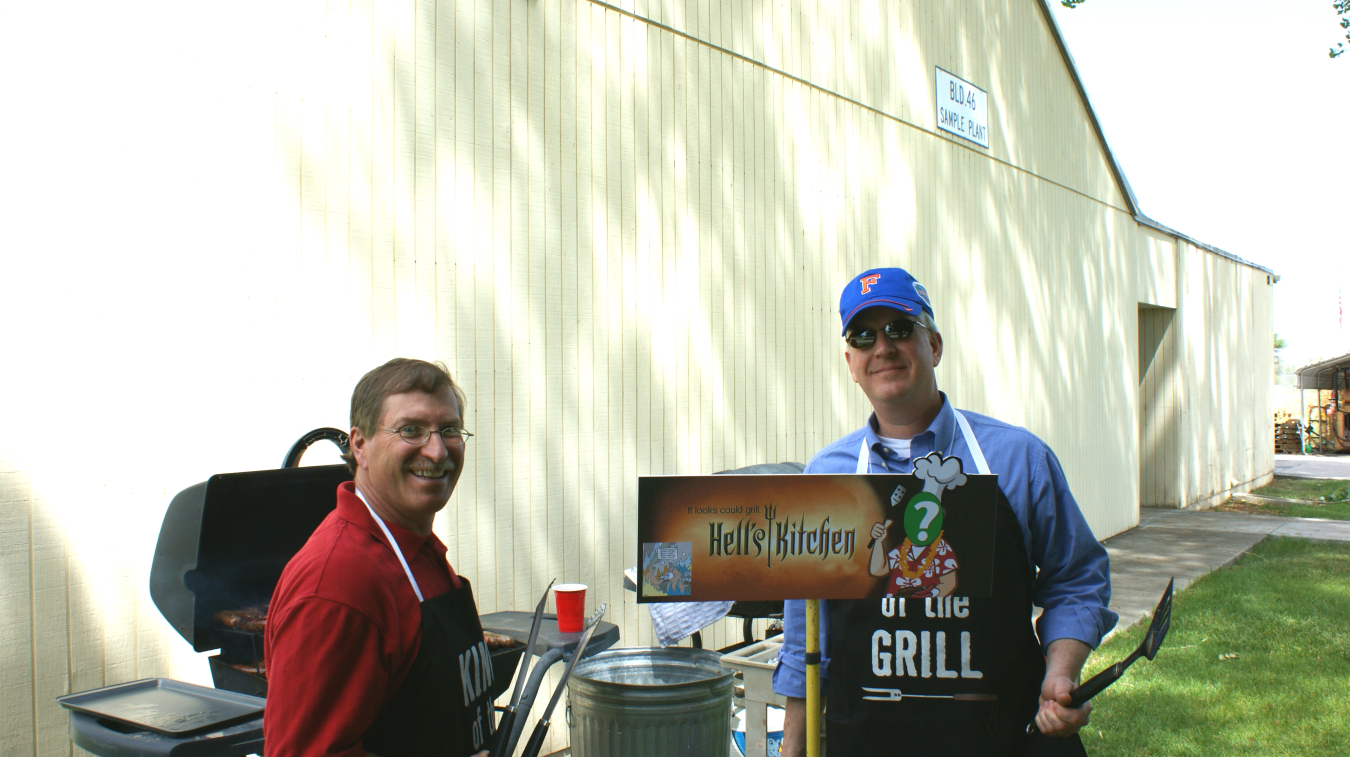Site manager and his colleagues created a standard for transferring once-contaminated sites back to communities
January 30, 2024
As part of LM’s 20-year anniversary celebration, this is one in a series of profiles of current and former LM employees who address various aspects of the LM mission.
In 2004, Raymond Plieness and the newly formed U.S. Department of Energy Office of Legacy Management faced a unique challenge. They had to decide what to do once DOE completed remediating dozens of legacy sites associated with the nation’s nuclear weapons complex.
“We had to look at how to change the dynamic from the public not being allowed to enter a site to a community-accessible space that’s welcoming and inviting,” Plieness said. “At the same time, we were relaying to the public LM’s purpose and how we were working to protect human health and the environment.”
In LM’s early days, Plieness and his colleagues managed solutions that created easier access and fewer restrictions while maintaining the site’s historical information and remediation requirements.
Plieness was the deputy manager at the Grand Junction, Colorado, DOE office before working at LM. “I was able to be a part of LM right from the beginning as it was developing,” Plieness said. Initially, LM performed the majority of its work out of the DOE’s Albuquerque, New Mexico, field office, but Plieness was there to experience firsthand the field office transition from New Mexico to Colorado. He also helped make a part of LM history through protocols and frameworks that would remain in place today.
“I was assigned the Rocky Flats transition lead and helped set up the site transition framework that’s still being used today,” Plieness said. “As the first big LM site to transition from the DOE’s Office of Environmental Management, it’s where we set a lot of protocols.”
The 1,309-acre Central Operable Unit at the Rocky Flats Site is fenced in and not accessible to the public. However, the much larger 5,237-acre Rocky Flats National Wildlife Refuge — an expanse of grasslands, shrublands, and wetlands preserving unique ecosystems and wildlife populations along the edge of Colorado’s Front Range — surrounds it.
Managing a site like Rocky Flats takes balance between protecting human health and caring for natural beauty. To accomplish this, Plieness helped establish a framework that included:
- Creating detailed schedules with hundreds of tasks.
- Transferring thousands of records, 50 years of environmental data, and important information about long-term community and regulatory compliance requirements with the U.S. Environmental Protection Agency and the state of Colorado.
Although the administrative work was demanding, another significant challenge for Plieness was performing the work while keeping the community informed during the transition. Plieness had conversations and held workshops with the community where he addressed specific concerns, provided information, and built trust. He wanted the public to participate in the process.
“We have a responsibility to educate and communicate with the public,” he said.
Plieness was open about LM, the work he and his colleagues performed, and long-term remedies.
“Our goal,” he reassured the community, “is to protect human health and the environment and include you and your families. That's what we're here for. And if you want to participate in that and help us do that better, that's great.”
Plieness’ colleague, Chris Pennal, program analyst, saw Plieness’s ability to bring out the best in people around him and make them feel part of something bigger.
“He's a true leader,” she said. “He would make decisions, keep work moving forward, and he'd challenge people in the right ways. If someone was struggling, he went out of his way to help them be successful.”
Although Plieness said his strength was the technical work, Pennal said his ability to connect with colleagues and community members and understand their perspectives, concerns, and motivations were important. He provided the community and his colleagues with the information and skills they needed, which made it possible for LM to accomplish its mission effectively.
After the Rocky Flats site transition was complete, Plieness continued to support LM first as deputy and then as director of site operations.
“The development of trust among LM and the communities was critical to our work being successful,” Plieness said. “Your relationship with the community and your ability to communicate the technical information about what we are there to accomplish is almost more critical than the information itself.”
His perspective and commitment to team building was one of the reasons Pennal referred to him as the best person she ever worked for. His legacy and lasting impact on LM are the result of how much he cared about the work, his colleagues, and the communities he thought of as partners.

